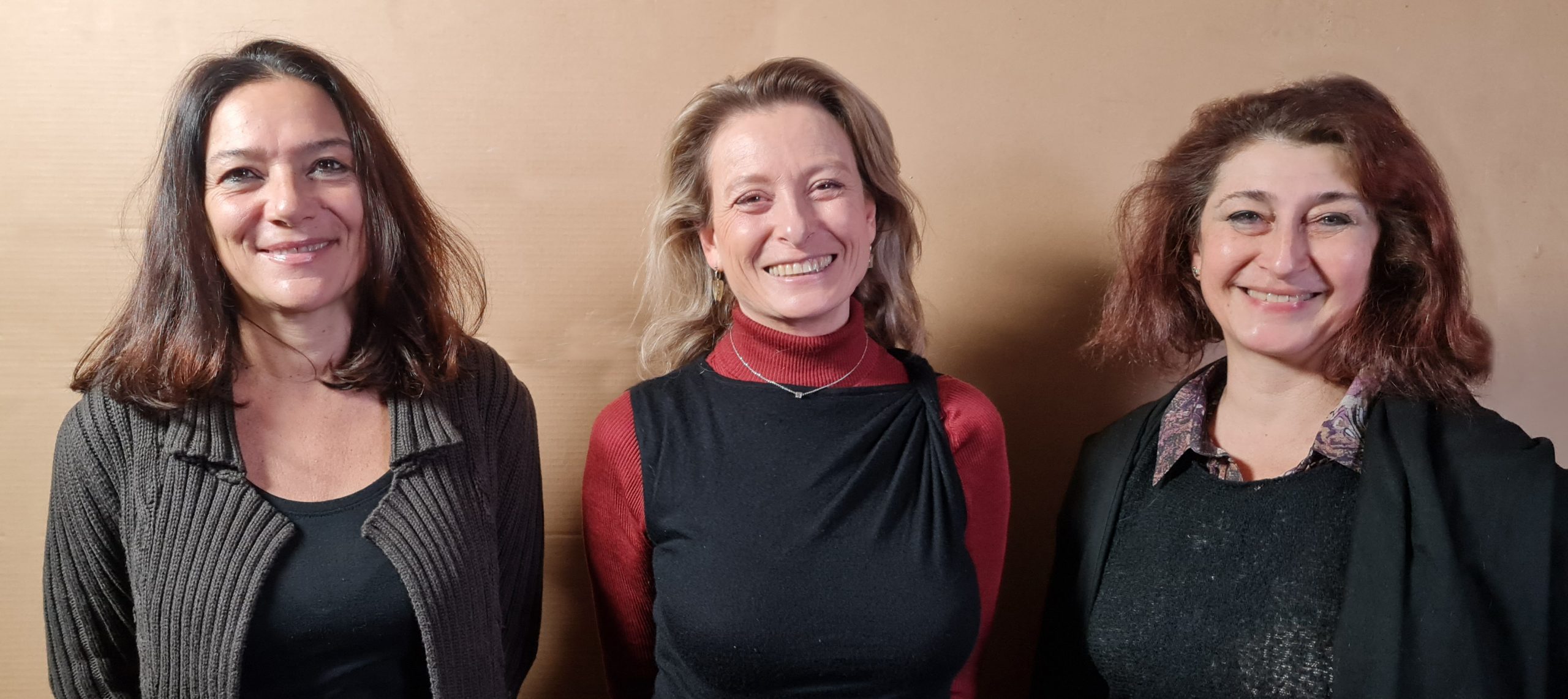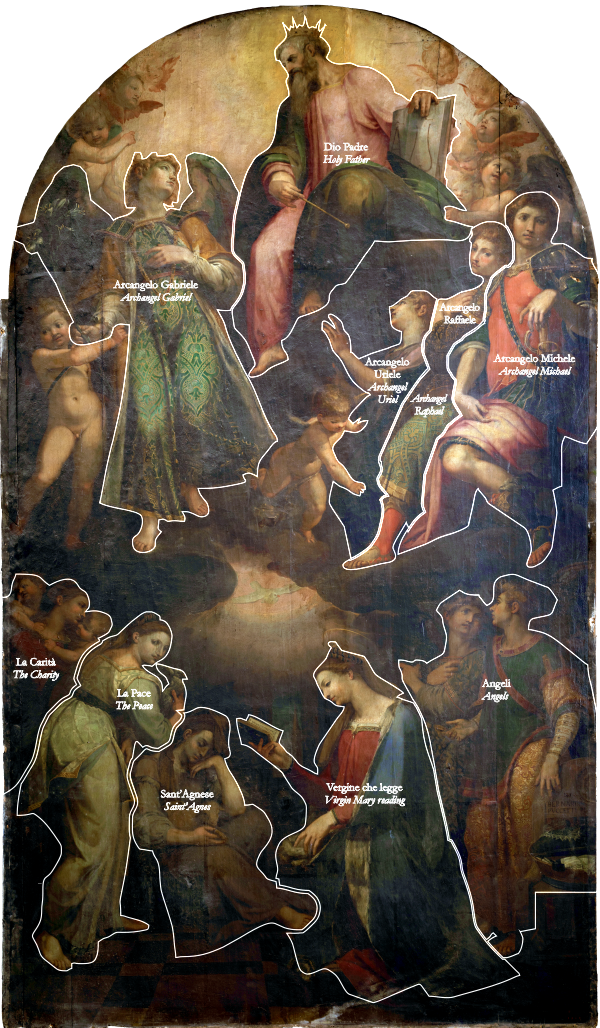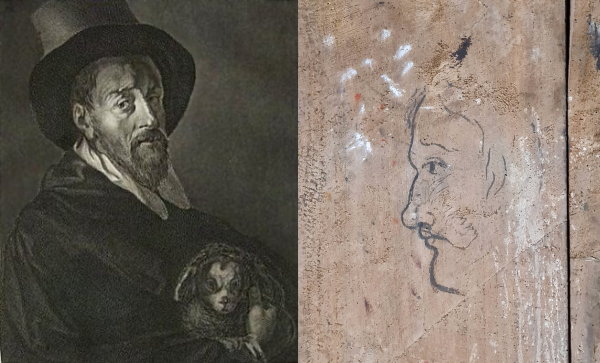
BASILICA DI SANTA MARIA DEL CARMINE PROPRIETA’ FONDO EDIFICI DI CULTO
CAPPELLA RINUCCINI
Bernardino Poccetti
Annunciazione della Madonna, 1601
Olio su tavola, cm 442×256
Soprintendenza Archeologia Belle Arti e Paesaggio per la città metropolitana di Firenze e le provincie di Pistoia e Prato
Autorizzazione n. UO3 01/06/2021 0014110-P
Ordine dei Frati Carmelitani: Padre Raffaele Duranti
DIRETTORE DEI LAVORI
Dott.ssa Maria Maugeri
RESTAURATORE
Lisa Venerosi Pesciolini
COLLABORAZIONE AL RESTAURO
Claudia Esposito
Laboratorio Fiorentino di Restauro di Sabrina Cassi
Relart di Roberto Buda
Altre collaborazioni:
FOTOGRAFO
Angelo Latronico
MOVIMENTAZIONI
Ditta Arteria srl. Museum & Exhibition Service

MAIN SPONSOR

The History
The Annunciation was commissioned to Bernardo Barbatelli, called “il Poccetti”, by the Company of Sant’Agnese for the Chapel of the Most Holy Annunciation located inside the Church, but fortuitously in the Sacresty and therefore unharmed when the Church’s interior was destroyed by the ruinous fire of 1771, which spared only the Corsini and Brancacci Chapels. The altar-piece was repositioned above the altar which the Company had reconstructed at its own expense in the newly-restored
Together with the altar-piece by Vasari representing the Crucifixtion (above the third altar on the right side of the nave) and that by Butteri depicting Christ healing the servant of the centurion of Capernaum (above the fourth altar on the left of the nave), it represents the third surviving testimony of the artworks of the Vasarian altars of the old Church, as desired by Cosimo I de’ Medici.
Composition
The Annunciation by Bernardino Poccetti, signed and dated 1601, is painted on a panel 442 cm by 250. It depicts the moment preceding the descent of the Archangel Gabriel, when the Holy Father indicates to him the Virgin Mary, to whom he is to bring his announcement. So the angel is still high above, his eyes turned toward the Holy Father, up in the sky together with the Archangels Raphael, Uriel, Michael and little angels, while below the Virgin Mary is kneeling in prayer.
Facing her on the left are Peace and Charity, the virtues on which the basic principles of the confraternity were founded, and in the background there is the figure of Saint Agnes with the lamb on her lap.

The Company of Saint’Agnes
Since the founding of the Church in the second half of the XIII century, the Carmine was set up as a crowded theater for the spectacular sacred representations performed on a structure situated inside the Church of the Company of Saint Agnes. This confraternity, which derived its name from the sacred relics of the Saint conserved in the Church itself, already established in 1268 as a first nucleus of the Terziarie Carmelitane, was located in rooms adjacent to the convent and soon gained the patronage of two chapels.
Bernardino Poccetti
Bernardino Poccetti, strongly tied to the Church of Santa Maria del Carmine, being a resident in the San Frediano quarter of Florence, became by the end of the 1500s the favored artist of the Carmelites. In 1599 he realized a painting for the old altar of Saint Andrew Corsini in the nave of the Church existing in the 1500s, and in 1600 he painted the fresco of The Sacrifice of Elijah in the convent. His bond with the religious order was further strengthened by the concession of the patronage of the Chapel of Saint Albert* for his family’s and his own tomb. “So his body was entombed in this church of the Carmine in the chapel next to the right hand entrance coming into the church, he having bought the chapel and burial for himself and his family” (F. Baldinucci, III, 1846, page 155).
*The altar of Saint Albert faces The Annunciation, on the opposite side of the nave, and is decorated with the alter-piece depicting The Funeral Rites of Sant’Alberto Carmelitano painted by Bernardino Monaldi and recently restored.

Detail of the back of the painting: self-portrait, profile. The white spots are the handprint of the artist.
IMAGE GALLERY
























